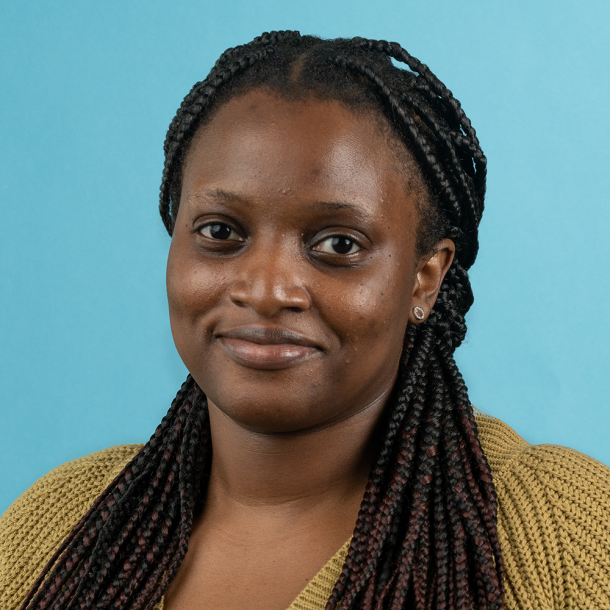A
AANAPISI – An acronym that stands for Asian American and Native American Pacific Island Serving Institutions. These are institutions of higher learning in which 10 percent or more of the student demographics are Asian American or Native American Pacific Islander.
AAPI – An acronym that stands for Asian American and Pacific Islander. The term is used to describe a diverse and fast-growing population of 23 million Americans that include roughly 50 ethnic groups with roots in more than 40 countries. This includes all people of Asian, Asian American, or Pacific Islander ancestry who trace their origins to the countries, states, jurisdictions and/or the diasporic communities of these geographic regions.[i]
AAVE – An acronym that stands for African American Vernacular English. The term describes a dialect of American English characterized by pronunciations and vocabulary uniquely spoken in African American communities. It stems from a variation of African, British English and Caribbean Creole English dialects.[ii]
Ableism – A belief or set of discriminatory actions against individuals with physical or intellectual disabilities or psychiatric disorders.
Accessibility – The intentional design or redesign of physical spaces, technology, policies, system, entity products, and services (to name a few) that increase one's ability to use, access, and obtain the respective element.
Accommodation – A change in the environment or in the way things are customarily done that allows an individual with a disability to have equal opportunity, access and participation.
Accomplice – A person who knowingly, voluntarily, intentionally or directly challenges institutionalized racism, colonization and white supremacy by blocking or impeding racist people, policies and structures. The actions of an accomplice are coordinated, and they work to disrupt the status quo and challenge systems of oppression.
Acculturation – The process of learning and incorporating the language, values, beliefs, and behaviors that makes up a distinct culture. This concept is not to be confused with assimilation, where an individual or group may give up certain aspects of its culture to adapt to that of the prevailing culture. Under the process of acculturation, an individual will adopt new practices while still retaining their distinct culture.
ADA – An acronym that stands for the Americans with Disabilities Act. The ADA is a civil rights law signed in 1990 that prohibits discrimination against people with disabilities.
Affirm – To acknowledge, respect and support a person's identity regarding race, ethnicity, sexual orientation, gender identity, experiences, ideas, or beliefs or encouraging the development of an individual.
Affirmative Action – Proactive policies and procedures for remedying the effect of past discrimination and ensuring the implementation of equal employment and educational opportunities, for recruiting, hiring, training and promoting women, minorities, people with disabilities and veterans in compliance with the federal requirements enforced by the Office of Federal Contract Compliance Programs (OFCCP).
Ageism – Prejudiced thoughts and discriminatory actions based on differences in age; usually that of younger persons against older.
Ally – Someone who makes the commitment and effort to recognize their privilege (based on gender, class, race, sexual identity, etc.) and work in solidarity with oppressed groups in the struggle for justice. An ally recognizes that though they are not a member of a marginalized group(s) they support, they make a concentrated effort to better understand the struggle of another’s circumstances. An ally may have more privilege and recognize that privilege in society.
ANNH – An acronym that stands for Alaska Native and Native Hawaiian Serving Institutions. These are institutions of higher learning in which 20 percent or more of the student demographics are Native Alaskans and 10 percent or more are Native Hawaiians.
Anti-Racism – Refers to the work of actively opposing discrimination based on race by advocating for changes in political, economic, and social life.
Assimilation – The process by which an individual of a minority group gradually adopts characteristics of the majority culture, thereby, becoming a member of that culture. This can include the adoption of language, culinary tastes, interpersonal communication, gender roles, and style of dress. Assimilation can be voluntary or forced.




